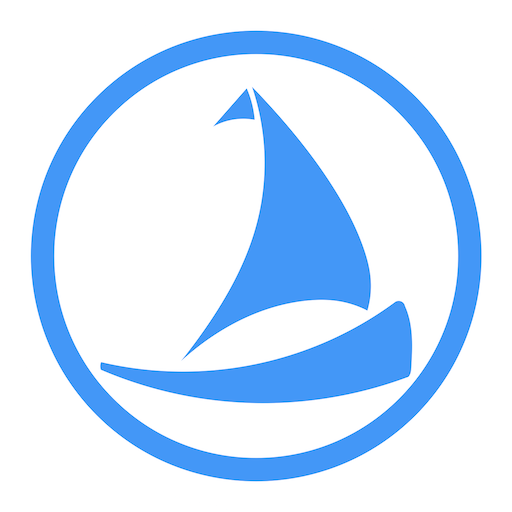Superbuoy
Large buoys, generally more than 5 m in diameter, are distinguished on charts because their unusually large size renders them a potential hazard to navigation, even to large vessels. Superbuoys are also referred to as – ODAS [Ocean Data Acquisition System].
These buoys are often used in oceanographic research, environmental monitoring, and navigation assistance. Key features and applications of superbuoys may include:
- Enhanced Data Collection: Superbuoys are equipped with sophisticated sensors to measure various oceanographic parameters such as temperature, salinity, wave height, current speed, and direction, as well as atmospheric conditions.
- Communication Systems: They often have advanced communication systems, including satellite and radio transmitters, to relay real-time data to researchers, maritime authorities, and other stakeholders.
- Durability and Stability: Designed to withstand harsh marine environments, superbuoys are built with durable materials and stability features to ensure they remain functional even in severe weather conditions.
- Power Systems: Equipped with robust power systems, including solar panels, batteries, and sometimes even small wind turbines, to ensure continuous operation over extended periods.
- Environmental Monitoring: Used for monitoring environmental conditions and changes, including tracking pollution, harmful algal blooms, and other ecological phenomena.
- Navigational Aid: Serving as aids to navigation, superbuoys can mark important locations, such as shipping lanes, underwater hazards, and marine protected areas.
- Research Platforms: Providing platforms for scientific research, they can support various research projects by providing a stable and reliable source of data collection in the open ocean.
Superbuoys represent a significant advancement in maritime technology, combining multiple functionalities into a single, robust platform that plays a critical role in maritime safety, environmental protection, and scientific research.
